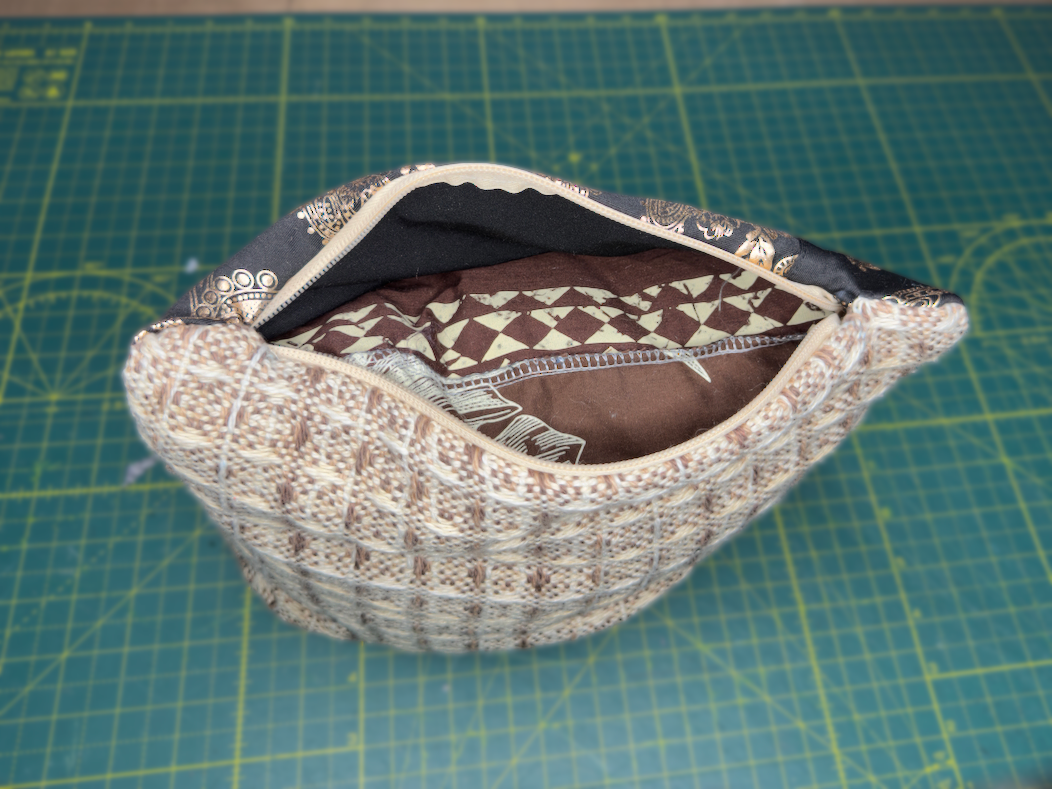On Reducing Waste
It’s amusing to me how challenging waste management can be in a business that seeks to help reduce waste going into landfills…
It’s not uncommon for me to go to the store and see something really cute I want to buy, whether it’s a funny graphic tee or fun table runner, only to remember the devastating impact of the fashion industry. Some shocking statistics to keep in mind:
The fashion industry accounts for up to 10% of global carbon emissions, which is more than the aviation and shipping industries combined.
About 2.5% of the world’s farmland is devoted to growing cotton specifically for the fashion industry.
A single T-shirt requires 5,400 bottles of water to produce.
Roughly one garbage truck full of clothes is burned or dumped into a landfill every second.
A whopping 20% of industrial wastewater pollution can be traced to the fashion industry.
And so I try to buy textiles only from second-hand or vintage stores (even for personal use) and upcycle as much as possible—and use as much of the original material as I can. It’s challenging and sometimes feels like a losing game, especially when I look at my bags and bins full of scrap material.
I can take a large sheet or blanket and turn that into a skirt or pants; usually there’s enough material left to make a bag or even shorts, if the original fabric was big enough. What’s left after that can’t be used to really make anything to wear unless I were to painstakingly sew together a bunch of small patches of fabric.
Lately though, I have been cutting out small squares from these project-leftovers to someday turn into patchwork fabric for some really fun designs.
The rest goes into dense throw pillows that are perfect for pillow fights.
The pillow covers use two complementary fabrics like other Inanna products, and they have a matching zipper for easy removal and washing. The inner pillow is filled with fabric scraps I’ve shredded with scissors and rotary cutters.
Another idea I’ll be looking into: using leftover fabric to make little rag dolls, pin cushions, etc.
This is all time-consuming—but necessary—work to reduce waste. And work that has made me more aware about the health costs of upcycling. I had to take a weeklong break last month because the countless fabric fibers that get released during the creation process were causing me significant sinus issues. An air purifier worked wonders, thankfully, and has helped tremendously.
I wonder: What do other upcyling designers do with their leftover fabric?
Be well,
Joey




